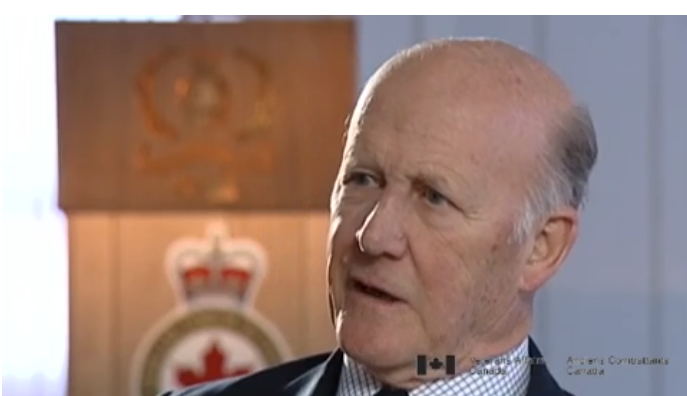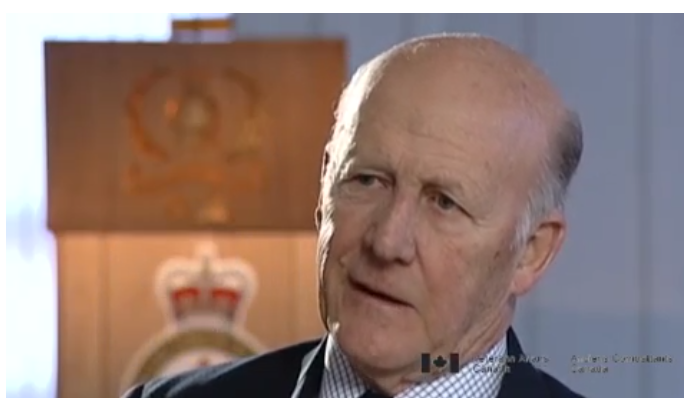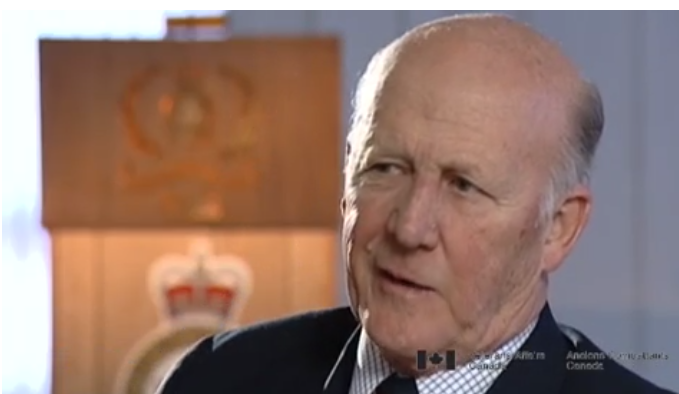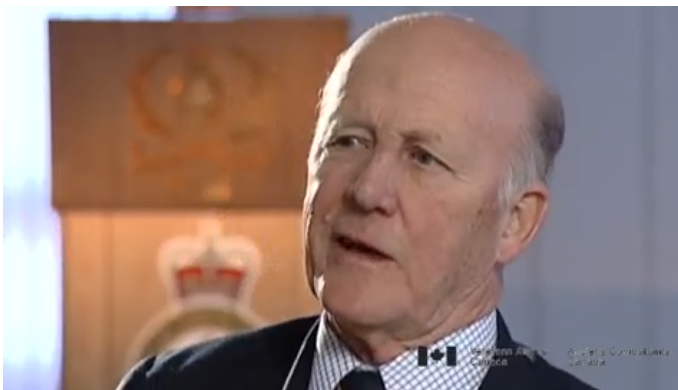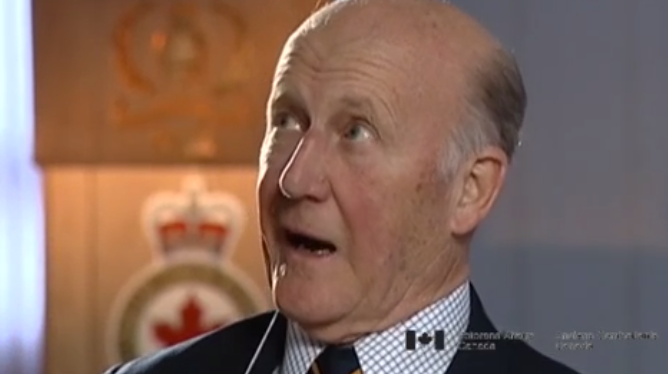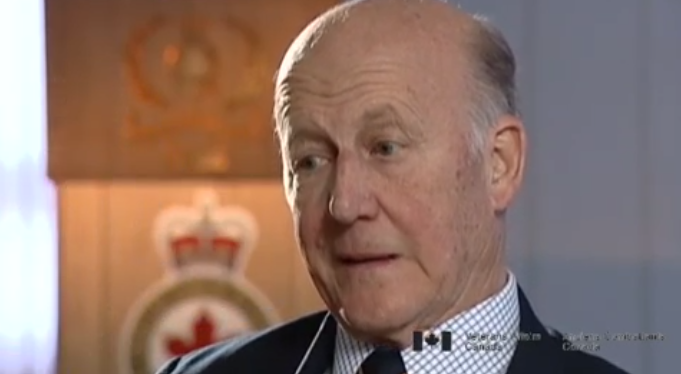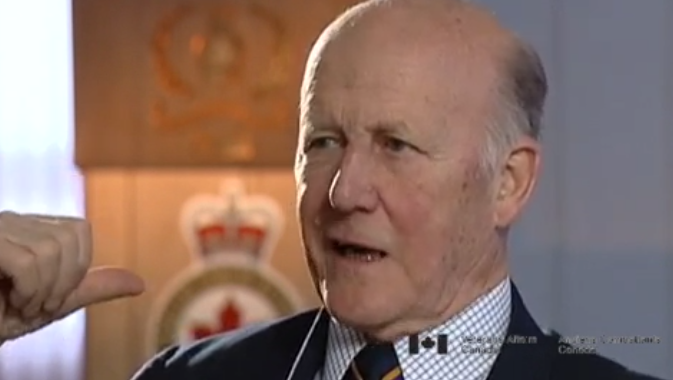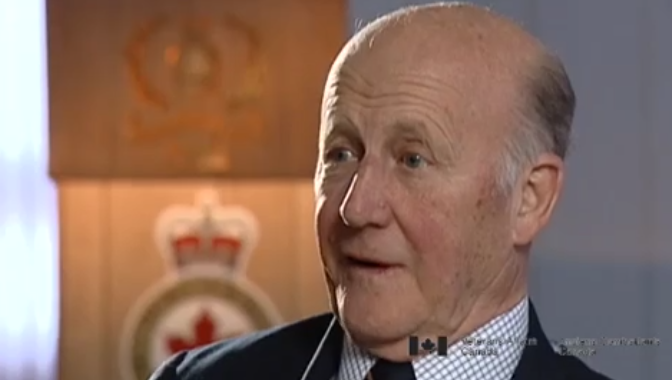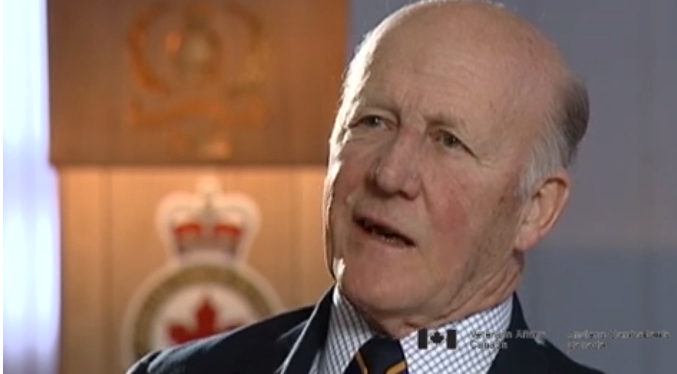I was sent back to the unit, got an appointment again as 2IC
of a company. I was, you know, a little more senior then,
more experienced. And then we went to Germany and we spent three
years there, and that was the first time that I served in the
NATO context in Germany in a small village called Deilinghofen.
And it continued from there. Now the exercises and, of course,
in the front where the potential were very different because you
were facing the Warsaw Pact bloc but again, like we had done
in the final stages of Korea, we exercised facing each other all
the time and it was not uncommon that we would see each other.
You’d see them across the line and we would close to the line.
I remember some of the exercises I was on, we were packed right
on the Czechoslovak border playing the enemy force as if we were
the ones that would come across the border to attack the NATO
positions, and we played that role as Canadians quite often
because we were equipped a little differently, we talked
differently from the Americans, we certainly didn’t talk like the
Germans. The French Army was there, the British Army was there,
we were then with the British Army in the north. But the
Canadians, because of our different tactics and the way we speak
on the radios and what have you, we made an ideal enemy force to
exercise NATO and we were often called upon to do that with
the great advantage that we got a much better workout than we
would have as part of the big defensive force, because we got a
chance to do a lot of attacking techniques and things like this.
And we started to slowly modernize by motorization so that the
foot battles were getting, foot battles were still considered,
and, of course, because this is the way you’d still have to fight
most of the time for an infantry man. But we had APC’s coming on
board so we would move from one part of the battlefield to the
other around the back very quickly. So our mobility, and that
sort of thing, and protection against armour and shrapnel,
because of the armoured vehicles and so on, grew exponentially.
So then for the first time also, we got exposed to the
possibility of nuclear fire on the battlefield and, which was
never considered, in Korea at least, certainly not at my level,
never heard about it. But in Germany, suddenly, there’s nuclear
units including a Canadian unit that has a nuclear launching
capability. But we don’t own the weapons, they’re all owned
by the Americans. And you go through a very extensive, through
exercises and what have you. And you would have gone through
a very difficult time in operations because what we called a
nuclear release procedures with fifteen countries having to sign
off on it. You can imagine how difficult it would be to achieve.
And I faced that later in a higher level job in Germany when I
was, in fact, right in the thick of it. And that would be very
difficult but so you . . . so that leads us of course to, to
considering what used to be called “fractional yield weapons,”
which would be compared to the big bombs that had been dropped
over Japan. They were things that would probably wipe out,
you know, something closer to about a half a mile in radius
instead of half a city. And so you were very conscious then that
your tactics changed, your doctrine changed, you dispersed your
troops considerably more than we would. At the same time,
of course, you’ve got better weapon systems and better
weapon systems and better surveillance system which allow you to
cover the areas that are gaps in between. So we started doing
that with trucks initially before we got the APC’s. We would
actually put a machine gun on top of a truck cab with somebody
in the back manning it. So we did a lot of the development of
those doctrines on behalf of Canadian troops overseas. We were
the front window, and we were the ones always getting the new kit
first, so we did three years there, it was absolutely fantastic.




